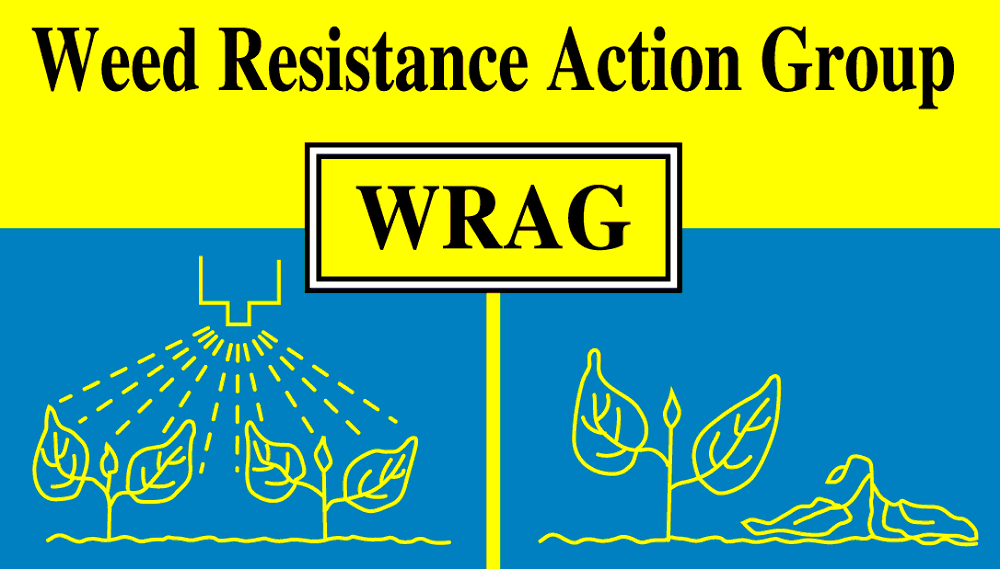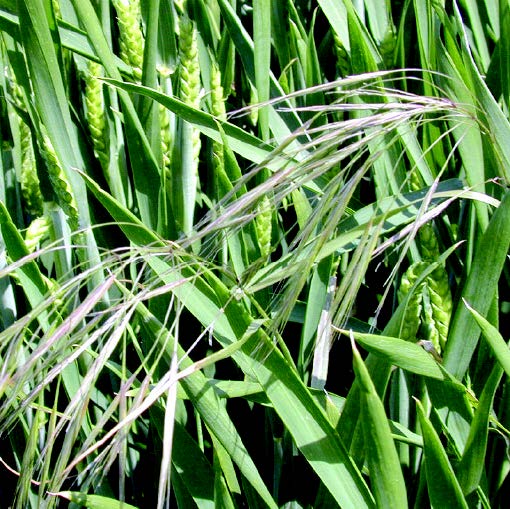- Home
- Knowledge library
- Investigating the distribution and presence, and potential for herbicide resistance of UK brome species in arable farming
Investigating the distribution and presence, and potential for herbicide resistance of UK brome species in arable farming
Summary
This project investigated the distribution, presence, and potential for herbicide resistance of brome species on UK arable farms.
The project assessed the distribution of brome populations and how black-grass management influences bromes and resistance evolution (Objective 1). This aspect used a UK-wide online survey and further survey work, via the black-grass resistance initiative (BGRI) farm network.
Container-based experiments (Objective 2) – with great, sterile, meadow, and rye brome – built on knowledge of mechanisms associated with herbicide resistance evolution in grass weeds, assessed populations and investigated the processes that may lead to herbicide resistance in bromes. Seed samples, collected in the survey, were used to investigate the range in herbicide susceptibility, within and between brome species, and to test for herbicide resistant populations. Experiments also investigated if populations can be pushed towards resistance and the herbicide modes of action most at risk.
Using selected populations, herbicide application timing was investigated to identify strategies to help maintain and improve herbicide control, while also minimising the risk of resistance evolution (Objective 3). Finally, a knowledge transfer strategy was developed to disseminate results and communicate an integrated weed management system (Objective 4).
The results showed that brome was present in all UK regions and species were not localised. Bromes were also found to be more abundant than previously observed and likely to increase further – due, in part, to the change in control measures for black-grass, the move towards reduced cultivations, along with increases in areas under environmental management. Its presence could threaten soil health initiatives.
The project has published evidence of the presence of herbicide resistance to ALS-inhibitor herbicides in one great, four sterile, two meadow and four rye brome populations. The work also detected reduced sensitivity to glyphosate in one sterile and one rye brome population. The use of ineffective herbicides, or doses that allow survivors, risk driving resistance development to some herbicides. However, the link is not as marked as in some other species, most probably due to the self-pollinating nature of bromes.
There was no clear evidence of resistance to either of the two ACCase herbicides tested (propaquizafop, cycloxydim), even in populations showing resistance to ALS herbicides. This positive finding highlights the potential for good brome control in non-cereal crops within the rotation.
The results provided consistent and strong evidence on best application timing and weed growth stage for optimal efficacy of herbicides.
Integrated control, with heavy reliance on cultural measures, is important. However, the project identified a need for better dissemination of information on identifying and understanding the biology of brome species, as well as the effectiveness of cultural/integrated control measures.
Also...
Brome: tales from the weed seedbank (article based on this research)




 ADAS.jpg)